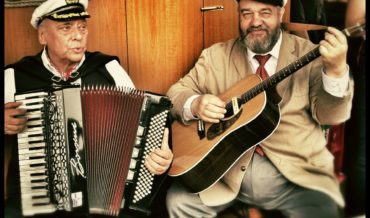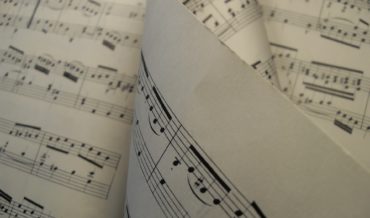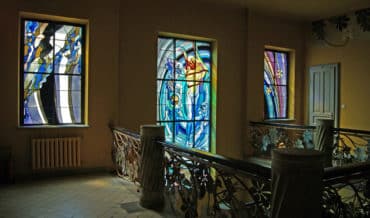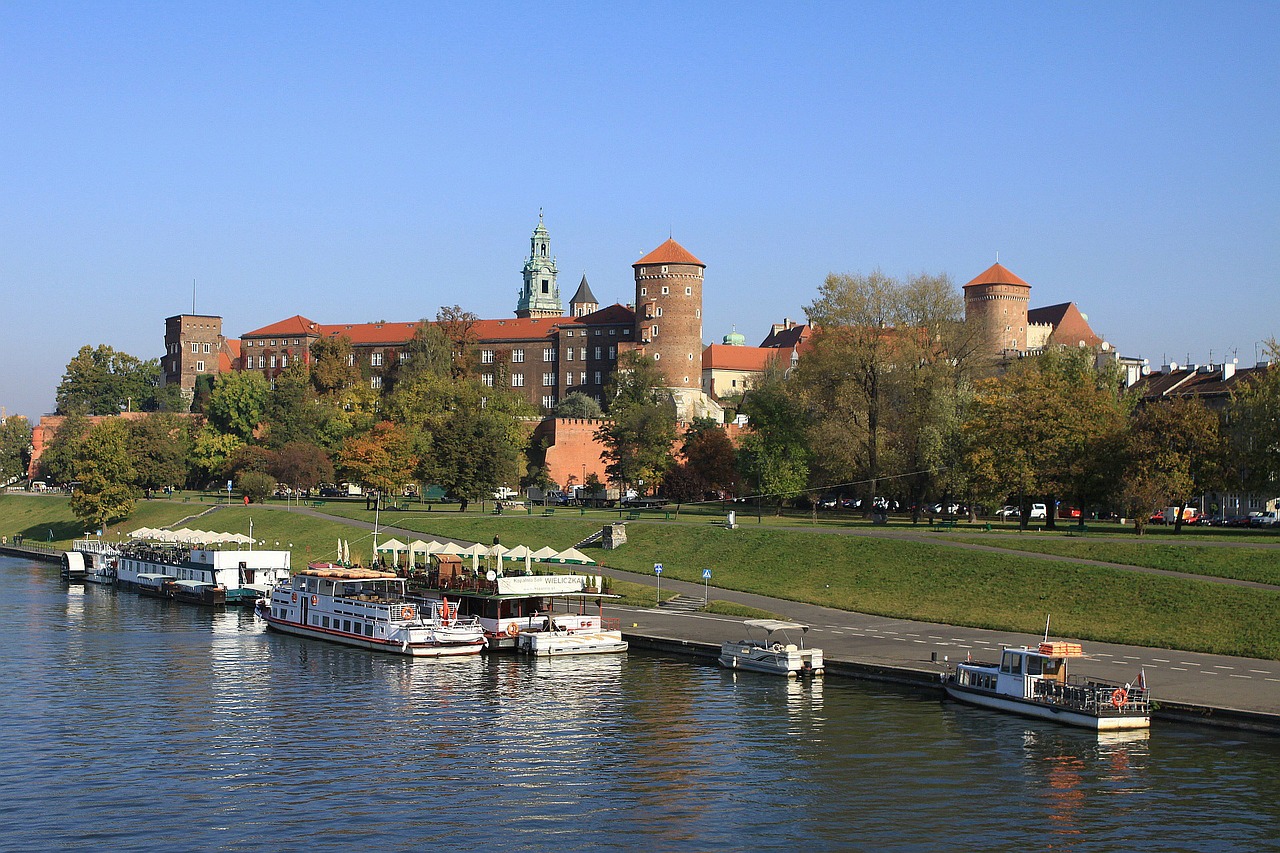Contents
Key Facts
• Brother of Albrecht Dürer – the renowned Renaissance master painter from Nuremberg
• Royal Court Painter – served as "pictor Regie Maiestatis" (painter of royal majesty) from 1527
• Weekly Royal Salary – received 1 florin per week plus purple linen allowances
• Kraków Resident – lived and worked on Grodzka Street where his studio once burned down
• Multi-regional Artist – painted in Silesia (1522-1524) and various Kraków locations including Kurza Stopka
• Tragic End – despite extensive painting commissions, died in poverty and debt in Kraków
Early Life and Background
Hans Dürer (c. 1490-1534), painter born in Nuremberg, represents a fascinating yet tragic figure in the artistic landscape of 16th-century Central Europe. As the younger brother of the celebrated painter Albrecht Dürer (1471-1528), Hans grew up within one of the most artistically significant families of the Northern Renaissance. The Dürer family workshop in Nuremberg functioned as a crucial nexus where the intricate detail and spiritual depth of late Gothic Northern traditions, epitomized by masters like Martin Schongauer, seamlessly integrated with the anatomical precision, classical allusions, and humanist ideals emerging from the Italian Renaissance.
Albrecht Dürer, recognizing his brother's artistic potential, provided Hans with comprehensive training in his workshop during a particularly significant period. This apprenticeship occurred while the studio was producing major commissions for Emperor Maximilian I (1459-1519), one of the most influential patrons of the arts in the Holy Roman Empire. Under Albrecht's tutelage, Hans mastered not only fundamental painting techniques but also acquired expertise in the sophisticated demands of courtly art, including formal portraiture, complex religious compositions, and decorative works that would prove essential for his later royal appointments.
The training Hans received encompassed the full spectrum of Northern Renaissance artistic practice: precise draftsmanship, oil painting techniques, understanding of linear perspective, and the symbolic language of religious and secular imagery that characterized the period's visual culture.
The Silesian Period (1522-1524)
Hans Dürer's independent artistic career began with his documented presence in the culturally vibrant region of Silesia. During 1522-1524, he established himself as a skilled church painter, executing religious commissions in several ecclesiastically and politically important cities including Wrocław (Breslau), Nysa, and Marszowice.
This Silesian period proved crucial for multiple reasons:
- It demonstrated Hans's capacity for independent artistic practice, separate from his brother's established reputation
- He developed specialized expertise in religious art, which remained consistently in high demand amidst the religious transformations and fervent devotional practices of early 16th-century Central Europe
- The professional networks and artistic reputation he cultivated in Silesia likely provided the credentials and connections that facilitated his subsequent appointment to the Polish royal court
The churches and religious institutions in these Silesian urban centers served as important focal points of both spiritual and cultural life. Hans's artistic contributions would have been visible to influential ecclesiastical authorities, nobility, and wealthy merchants, potentially including individuals with direct connections to the Jagiellonian court in Kraków.
Royal Appointment and Life in Kraków
Court Painter to the Polish Crown
In 1527, Hans Dürer achieved the pinnacle of artistic recognition when King Sigismund I the Old appointed him as "pictor Regie Maiestatis" – painter of royal majesty to the Polish crown. This prestigious court position, documented in contemporary royal records, came with substantial material benefits that reflected the Jagiellonian dynasty's commitment to artistic excellence and cultural prestige:
- Regular Weekly Salary: 1 florin per week, providing the kind of financial stability that was exceptionally rare for artists of this period
- Material Provisions: Allocated quantities of purple linen, indicating both his elevated social status and possibly providing materials for his artistic work
- Royal Recognition: The official title carried immense social prestige and granted access to the highest echelons of Polish society and European diplomatic circles
Documented Professional Activities and Commissions
Hans's professional activities in Kraków are remarkably well-documented through contemporary archival sources. Between 1527 and 1534, his name appears frequently in two crucial sets of financial and administrative records:
-
Royal Castle Construction Books: These detailed entries, housed in the State Archives in Kraków, provide direct evidence of Hans's involvement in artistic projects for Wawel Castle, the ceremonial and residential seat of Polish monarchs. The records indicate payments for specific decorative works, suggesting his participation in the castle's Renaissance renovation program initiated by Sigismund I.
-
Books of Seweryn Boner: Seweryn Boner (c. 1486-1549) was among Kraków's most influential merchant-bankers and a prominent figure in the city's economic and cultural life. The inclusion of Hans's name in Boner's financial ledgers confirms his engagement with wealthy private patrons beyond the royal court, indicating a diversified client base that included the emerging merchant aristocracy. The Boner family represented the pinnacle of Kraków's commercial success and cultural patronage.
Studio and Residence on Grodzka Street
Hans established both his residence and professional workshop on Grodzka Street (via Grodzka), one of Kraków's primary thoroughfares connecting the Main Market Square (Rynek Główny) to the royal Wawel complex. This strategic location positioned him at the geographic and cultural heart of the city's Old Town, ensuring optimal accessibility for both royal commissioners and affluent private clients. His studio was perfectly situated along the historic Royal Road that connected the commercial center to the seat of royal power.
The documented fact that his studio suffered a fire illustrates both the persistent hazards faced by working artists in this period and Hans's professional resilience in rebuilding his workspace. Urban fires posed constant threats to Renaissance workshops, and such disasters meant not only the loss of current artistic works but also the destruction of specialized tools, expensive pigments, and years of accumulated professional resources.
Artistic Works and Documented Locations
Hans Dürer's documented painting activities encompassed various significant locations within Kraków's royal and religious architectural complexes. Kurza Stopka (Hen's Foot), referring to a specific room or architectural feature within the Wawel Castle complex, represents one documented location where he executed artistic works. This suggests his direct involvement in the interior decoration of important state chambers, contributing to the visual representation of Jagiellonian royal authority and cultural sophistication.
Based on contemporary records and the typical scope of court painter responsibilities, Hans's artistic production likely encompassed:
- Formal court portraits of royal family members, visiting dignitaries, and prominent nobility
- Religious compositions for castle chapels, including Wawel Cathedral, and associated ecclesiastical spaces
- Decorative architectural elements for state reception rooms, ceremonial chambers, and various palaces
- Heraldic designs incorporating royal and noble family emblems and symbolic programs
The Paradox of Professional Success and Personal Poverty
Despite his prestigious court appointment, regular royal salary, and extensive documented commissions, Hans Dürer's life concluded with profound personal tragedy. Contemporary records confirm that despite his substantial painting work, he died in poverty and debt in Kraków around 1534. This striking contradiction between professional success and personal financial ruin reflects several systemic challenges confronting artists of this period:
Scholarly Analysis of His Financial Difficulties
Art historians and economic historians have proposed several interconnected explanations for this apparent paradox:
Material and Operational Costs: The production of high-quality court art required expensive materials, particularly the ultramarine blues and Tyrian purples essential for royal commissions. Additionally, maintaining a professional workshop with trained assistants, specialized equipment, and adequate workspace represented ongoing financial obligations.
Irregular Payment Systems: Despite formal salary agreements, royal courts throughout Europe frequently delayed payments due to complex bureaucratic procedures and periodic treasury shortfalls, creating severe cash flow problems for court employees.
Economic Instability: The political and economic uncertainties characteristic of early 16th-century Central Europe, including military campaigns, diplomatic expenses, and currency fluctuations, affected even royal household finances.
Workshop Reconstruction Costs: The documented studio fire would have required significant capital investment in rebuilding workspace, replacing tools, and restocking expensive materials.
Historical Significance and Cultural Legacy
Hans Dürer's career illuminates several crucial aspects of Renaissance artistic culture and cross-cultural exchange in Central Europe:
Artistic and Cultural Exchange Networks
His professional trajectory from Nuremberg through Silesia to Kraków exemplifies the international mobility characteristic of Renaissance artistic culture. Hans functioned as a crucial conduit for the transmission of Northern European artistic traditions—particularly the technical innovations and stylistic developments of the Dürer workshop—into the emerging Polish Renaissance cultural environment. His contributions helped establish him among the renowned figures in Poland during this transformative cultural period.
Royal Patronage and Court Culture
His appointment as pictor Regie Maiestatis demonstrates the Jagiellonian court's sophisticated cultural ambitions and its competition with other major European courts in attracting and retaining artistic talent. This reflects the broader Renaissance phenomenon of royal cultural patronage as an expression of political legitimacy and diplomatic prestige.
Urban Artistic Communities
Hans's integration into Kraków's Grodzka Street neighborhood and his documented relationships with both royal and merchant patrons illustrate the complex social and economic networks that supported Renaissance urban artistic production. His career exemplifies how skilled artists navigated between courtly and commercial patronage systems. This artistic tradition would later flourish in the Małopolska region, eventually leading to institutions like the National Museum and Czartoryski Museum, which now preserve Renaissance masterworks. The legacy of court painters like Hans would inspire later generations of artists, including those commemorated in venues such as the Matejko House and the artist's house museum dedicated to Józef Mehoffer.
Hans Dürer's professional achievements and personal tragedy contribute significantly to our understanding of the complex relationships between artistic talent, institutional patronage, and economic reality in Renaissance Central Europe. His presence in Kraków during the crucial period of Polish Renaissance cultural development helped establish the city as a significant center of artistic production, facilitating the synthesis of Northern European painting traditions with the distinctive emerging characteristics of Polish Renaissance visual culture. While his life ended in personal financial ruin, his documented contributions to the artistic decoration of Wawel Castle and his role in the cultural networks of Renaissance Kraków secure his historical significance as more than merely "Albrecht Dürer's brother."
References and Sources
The historical information presented in this article draws upon documented archival sources including the Royal Castle Construction Books and the financial records of Seweryn Boner, both housed in Polish state archives. Additional documentation comes from contemporary chronicles and later art historical scholarship examining the Jagiellonian court's cultural patronage and the broader networks of Renaissance artistic exchange in Central Europe.




